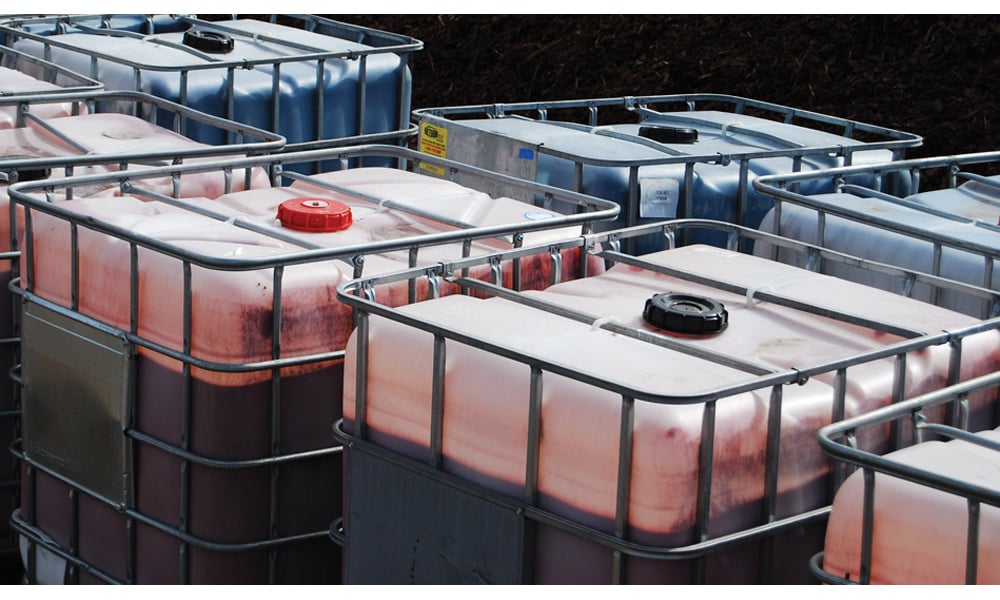
Sourcing fiber is perhaps the single greatest variable in the mulch industry. Some producers routinely have trouble finding material, while others enjoy markets that are consistently flooded with cheap fiber. More and more these days, that cheap fiber comes in the form of green waste. While the influx of green waste has created opportunities in many cases, it has also brought disruption to the industry. That’s why mulch producers need to understand all of the issues surrounding green waste, including the true costs. Here are a few things every mulch producer should know about green waste mulch.
Change in the industry
Loggers and tree service companies used to pay to have their green waste hauled away, or would sometimes give it to mulch producers for free because they didn’t want it. But over the last decade or so, many of these companies have decided to use green waste to make a profit for themselves. They have since become mulch producers in their own right, and this has disrupted the market in several ways. For one, it has created increased competition for established mulch producers. But it has also changed the way consumers look at mulch in general.
Many homeowners and landscaping customers don’t know the difference between a premium product (such as colored hardwood bark) and green waste mulch. They will often buy the cheaper green waste mulch without realizing the benefits of a superior product. This creates an uneven landscape as more and more cheap green waste mulch floods the market. Mulch producers who create high-quality products will need to increase customer education efforts to highlight the advantages of hardwood mulch.
Despite the wide availability of green waste mulch, Amerimulch customers have found that producing a premium quality colored mulch product still represents the best opportunity for business growth. Landscaping customers increasingly want mulch that is both durable and aesthetically pleasing. By taking this admittedly more expensive approach, producers can attract high value clients and avoid a race to the bottom, competing on price to sell a cheaper and cheaper product.
Processing green waste mulch
For new producers or established companies looking to take advantage of cheap green waste fiber, the biggest question is simple: What do you do with it? The answer depends on the amount of moisture and compost in the material. Most producers will simply grind green waste and sell it as an everyday mulch, often in bagged form. This is why consumers have become more familiar with green waste products.
But if the material is too decomposed and broken down, it can clump into a ball and become very difficult to pass through grinding equipment. This will also make it nearly impossible to color, but coloring green waste is already generally avoided due to its high moisture content. In these cases, decomposed material can be put into a soil mixture and sold that way.
However you’re processing your green waste, the important thing to keep in mind is transportation costs. With a higher moisture content comes a heavier product, driving up transportation costs. If you end up selling that product at a low rate because of its low quality, you will have to do some calculations to make sure it remains profitable for your business.
Fire concerns
When you have green waste material in your yard, you want to process and sell it as quickly as possible. There are several reasons for this, the most obvious being that you always want to sell product as quickly as you can to boost revenues and keep cash flow strong. But getting highly composted material off your yard can also reduce the chance of mulch fires. When aging material is stored in bulk piles, it can spontaneously combust and catch fire more easily, threatening the rest of your supply. So, if you’re going to take on green waste, you should have a plan for getting rid of it as soon as you can.
If you are having trouble sourcing material for your mulch production business, contact your ChromaScape representative. Whether you primarily deal in hardwood bark or see most of your sales from green waste, our industry insiders have connections throughout the market and can help you locate and purchase the material you need to keep your business thriving.
No matter what kind of fiber you use, Amerimulch’s ultra and premium lines of mulch colorant offer vibrant, consistent color with the durability to last all season. To learn more, contact us or request a sample today.


